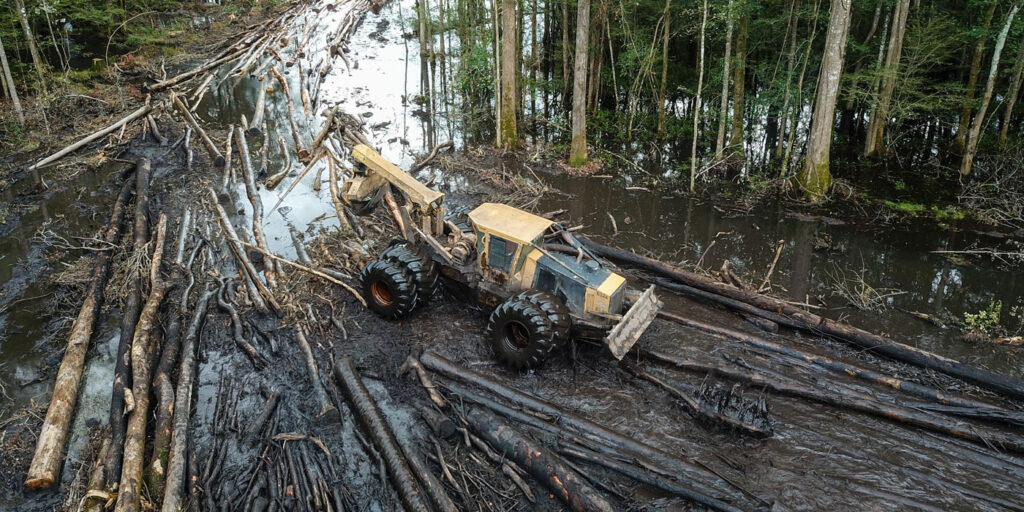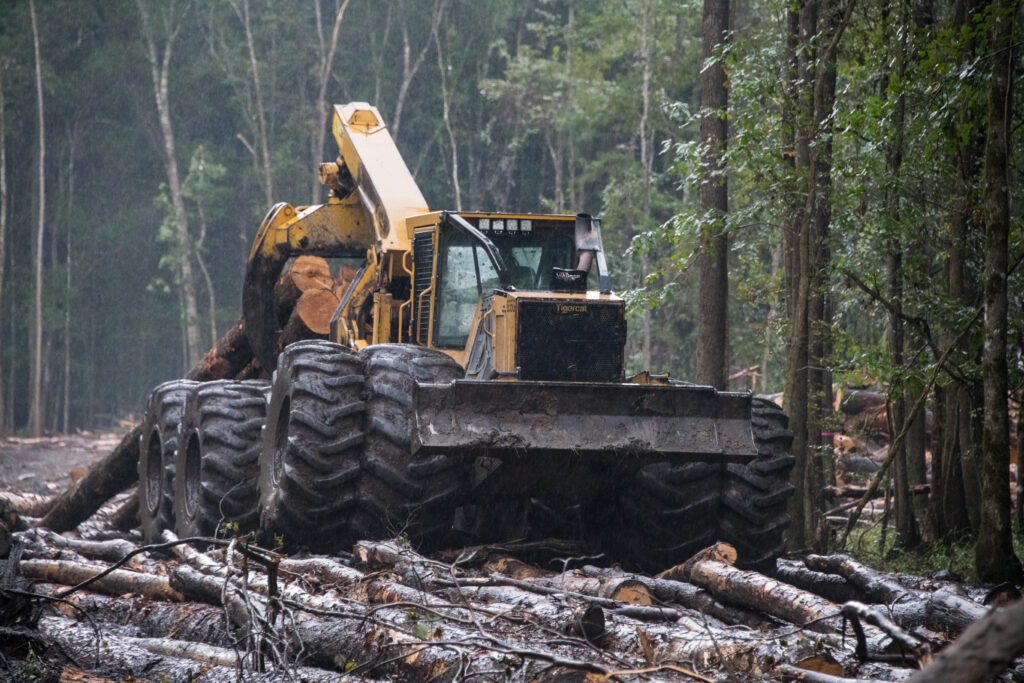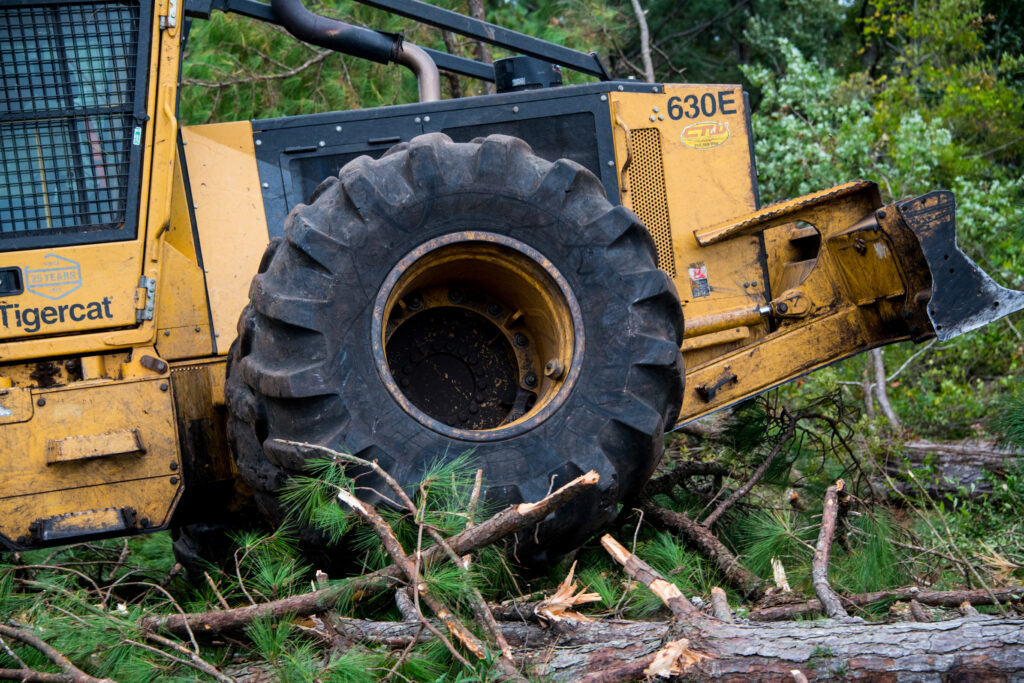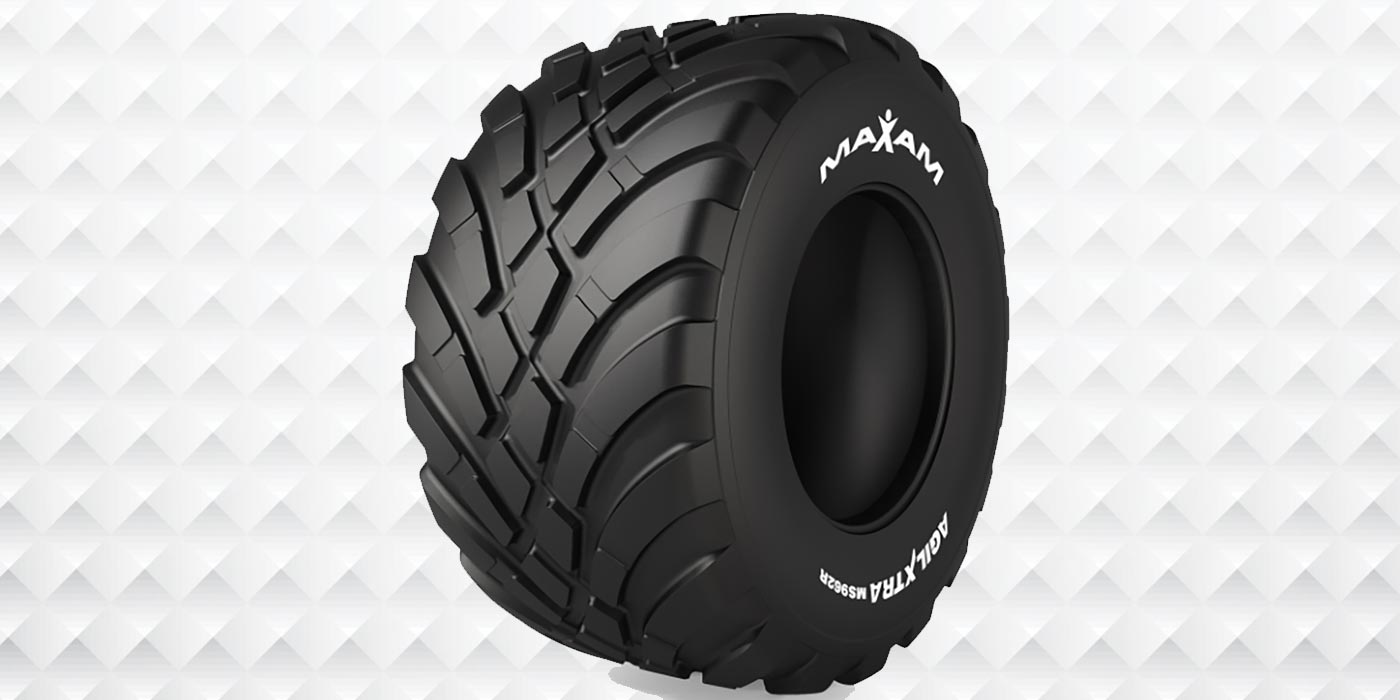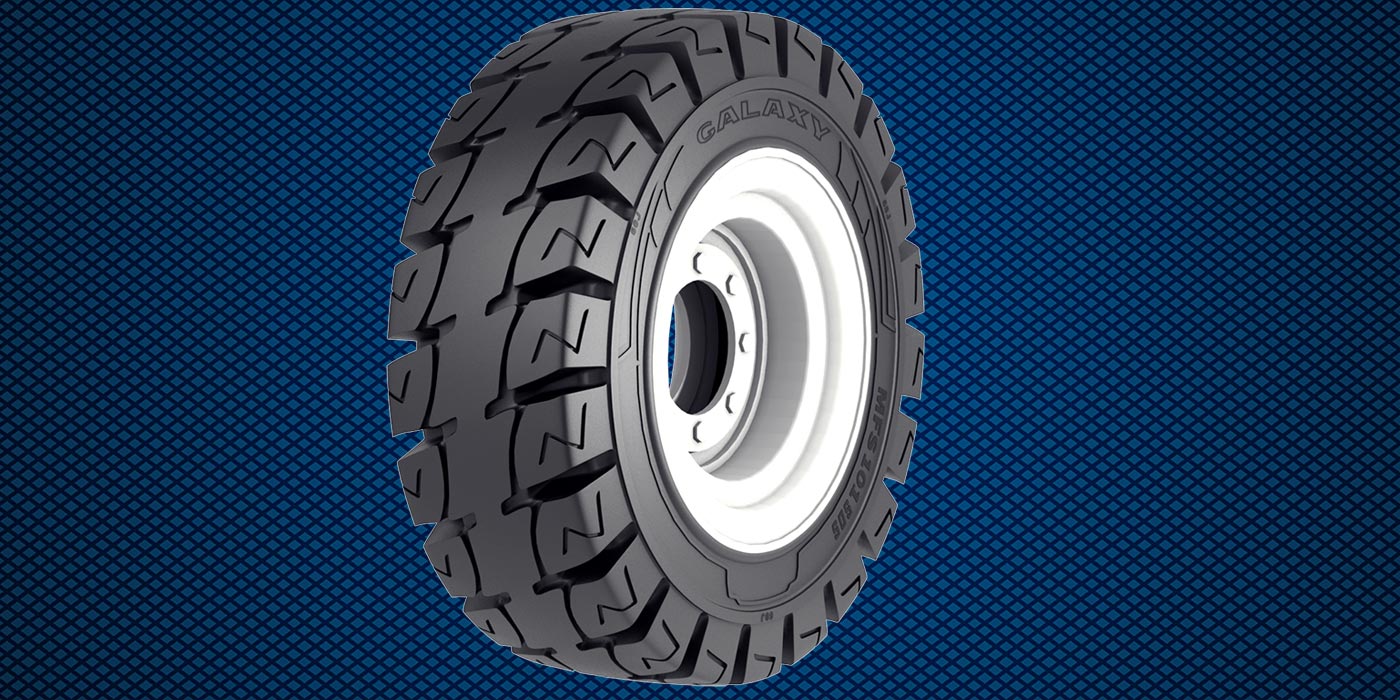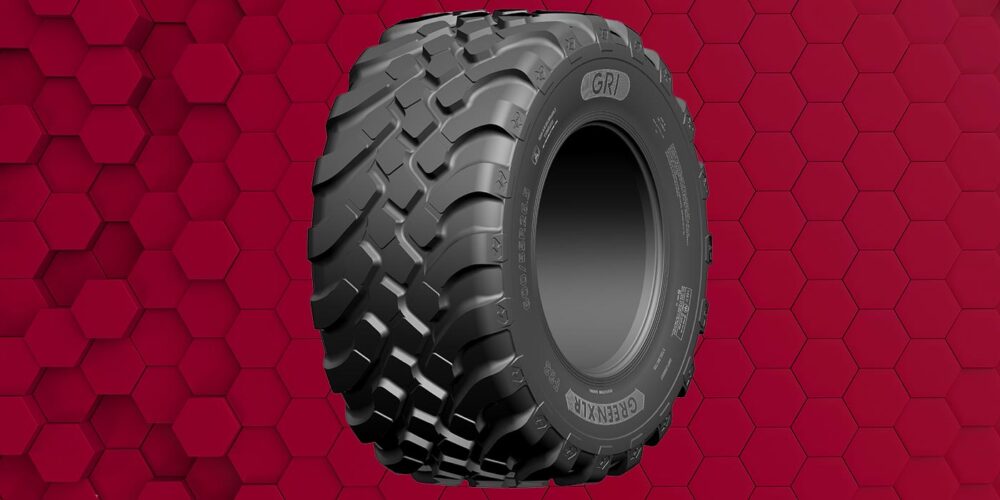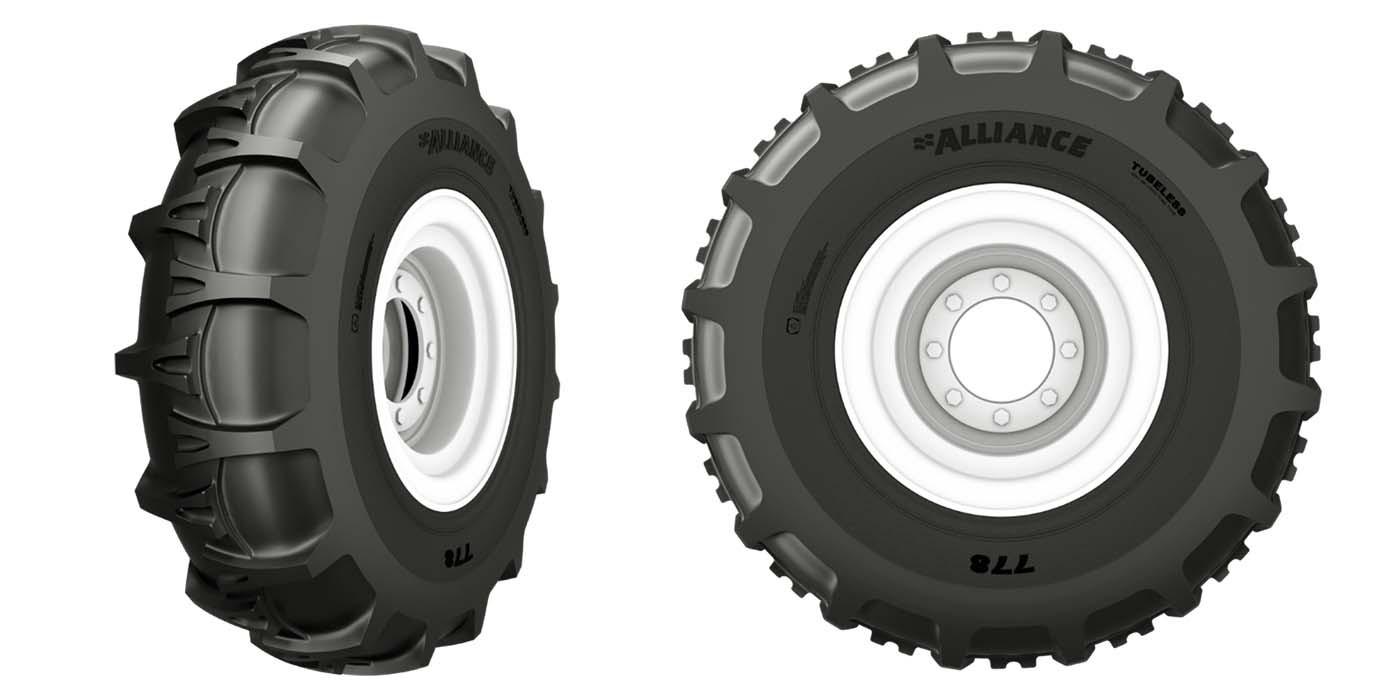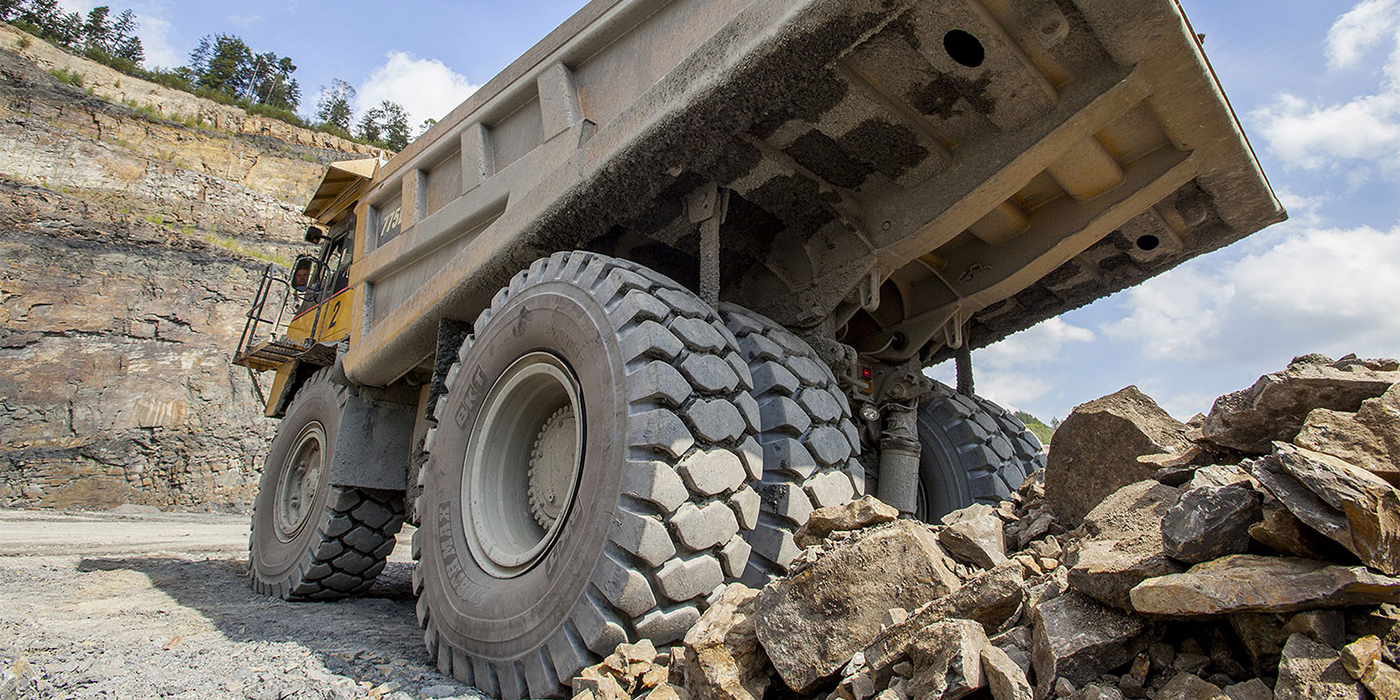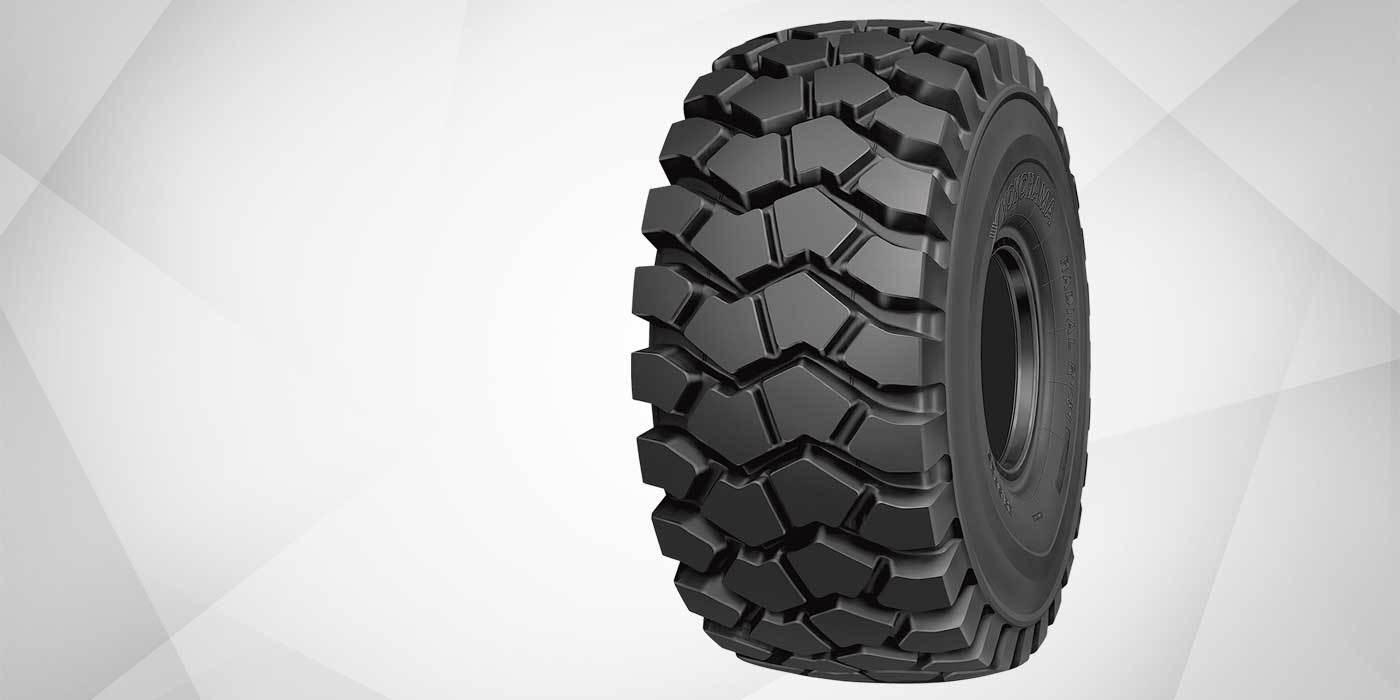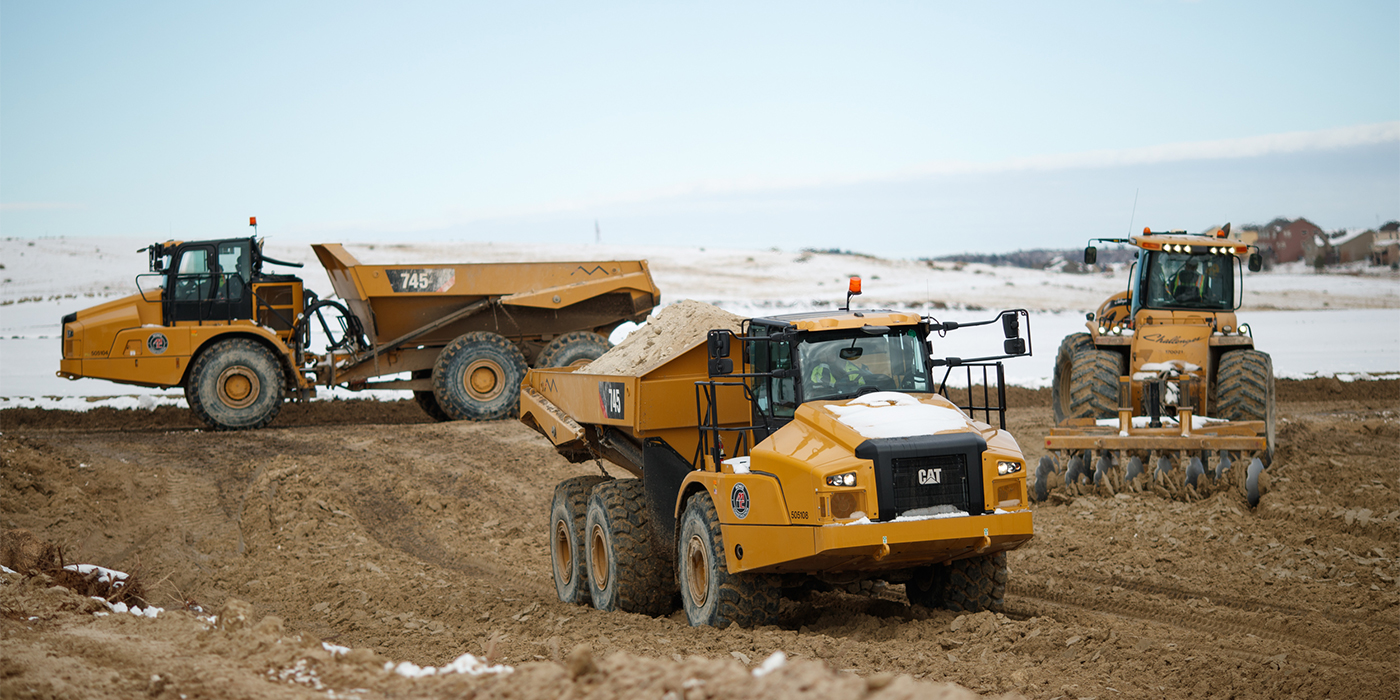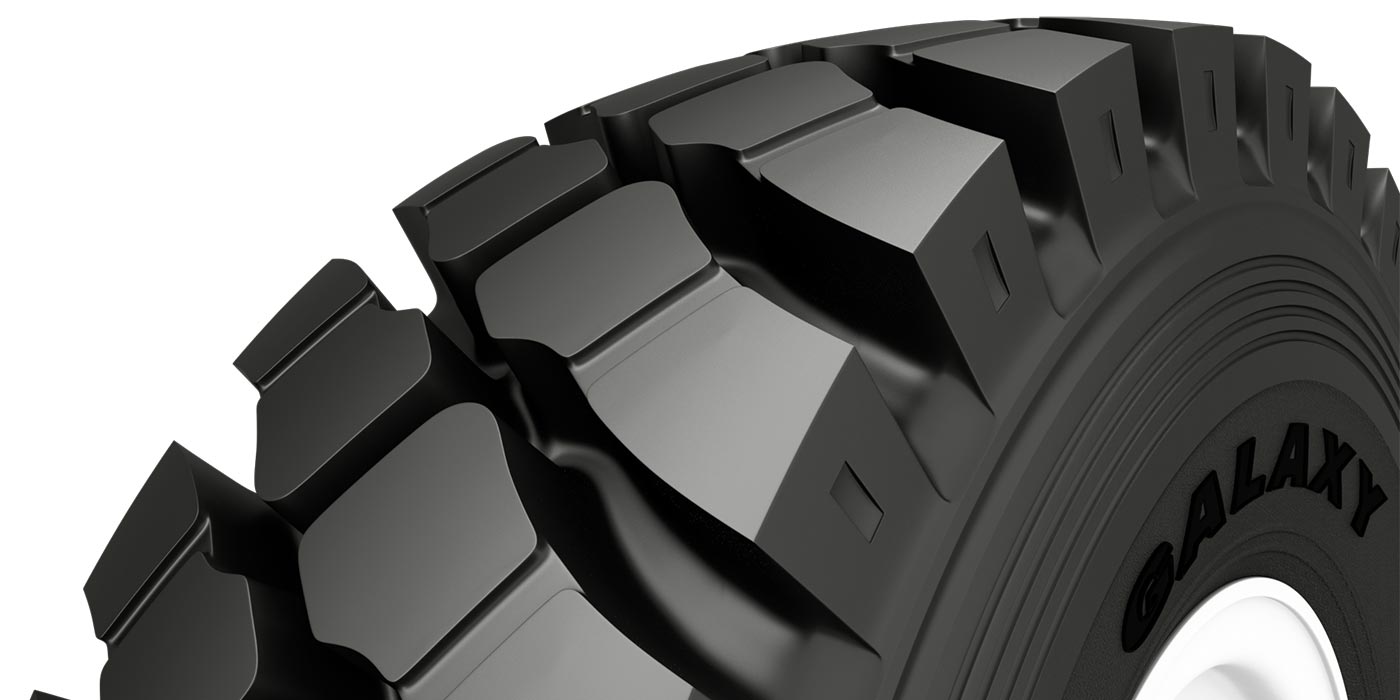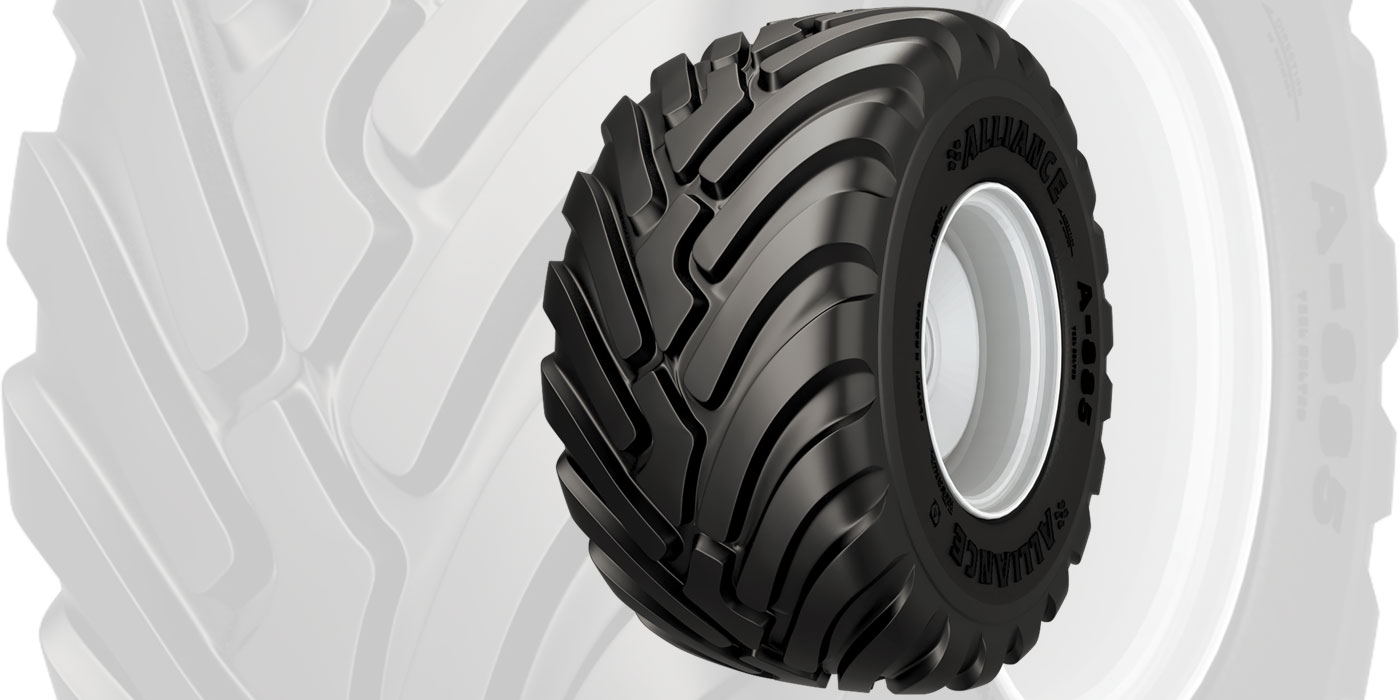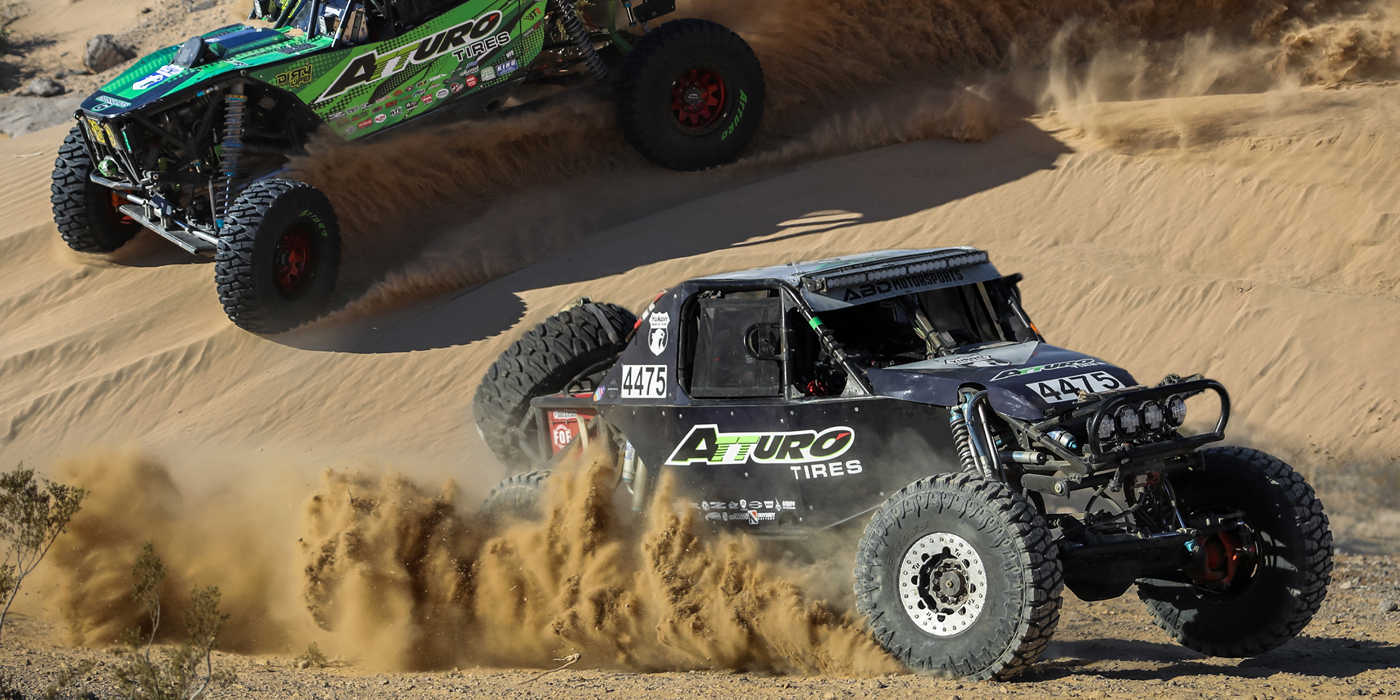Close your eyes and imagine the worst place to run a tire. I’ll bet it looks like a logging site. Anywhere loggers are harvesting timber, there are stumps and broken limbs ready to slash a sidewall, puncture a tread or tear a lug clean off. There are probably rocks. In the South, there’s mud—maybe just a little slick patch, or a hundred yards of knee-deep slop, or hardwood swamps with standing water that goes for miles. In the mountains, you’ve got steep terrain that puts you on side slopes or makes you feel like you’re driving up a ladder. You’ve got harvesters big and mean enough to cut a 100-foot-tall tree, pick it straight up and lay it over, and skidders that drag 10,000 to 20,000 pounds of timber out of the woods. And they’re driven by no-nonsense professionals who know that time is money.
On one hand, that all makes the forestry tire market simple. All a logger wants is the toughest tire ever made.
Specialized Market
Of course, it’s not easy to manufacture a tire that can put up with life in the woods. That’s why it’s such a specialty in the tire industry, with just a handful of manufacturers. Specialization is also why forestry tires can be a great business for tire dealers who are completely dedicated to servicing their customers and keeping them rolling, and who understand what drives a logger and what a logger drives.
For instance, a typical harvester in the South is a feller-buncher—you can grab one tree or a few of them in a clamp, saw them off at the trunk, and lay them over. In the upper Midwest and Pacific Northwest, loggers use cut-to-length (CTL) forwarders that cut a tree, swing it sideways, knock off the limbs, and cut it to length. Those tires operate in different environments and are subjected to different forces.
Ply Rating
Where toughness is the only option, one of the basic measures of a logging tire is its ply rating (PR). At this stage, the top tires go up to 32 PR, providing a casing that can withstand cuts, punctures, and impact. It also has to be able to handle the strain of lifting whole trees or the torque of a 300-horsepower machine whose operator needs to pull half a semi load of logs right now.
But thickness needs to be balanced by the ability to bleed off heat so that tire can run long days in the woods. And it needs to be constructed so well that impact, torque and heat won’t delaminate it. Don’t just rely on the numbers. Talk to your customers to make sure the forestry tires you sell are surviving out there in the real world.
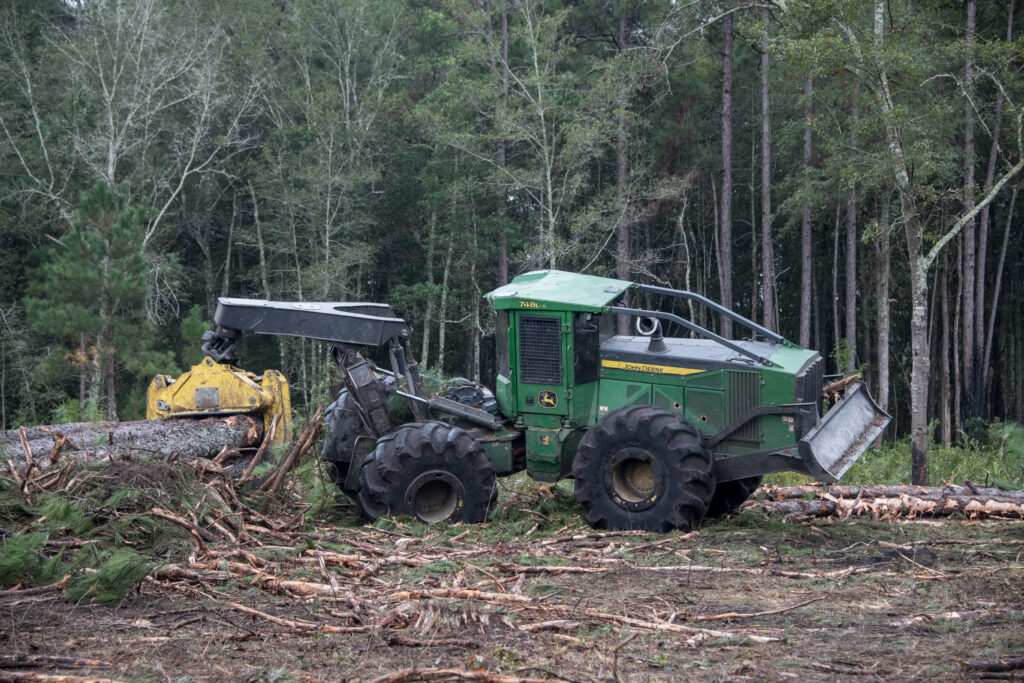
Tube-Type or Tubeless
You would think loggers would prefer tube-type tires to keep a damaged tire inflated even if it is cut on the sidewall, slammed on a rock or jammed by a branch between the bead and the rim. But you’d change your mind if you had to wrestle a heavy, smelly inner tube in the woods while you’re battling mosquitoes and listening to the boss pushing you to get back at it. Or if you had to stop work because your machine torqued your tire so hard it knocked the valve stem off.
Many leading forestry tires are now available tubeless. That means manufacturers have had to not only develop the right airtight compound for the inside of the casing, but also develop a bead that outperforms pretty much anything the world has ever known—and a rim guard to protect it from assault all day long.
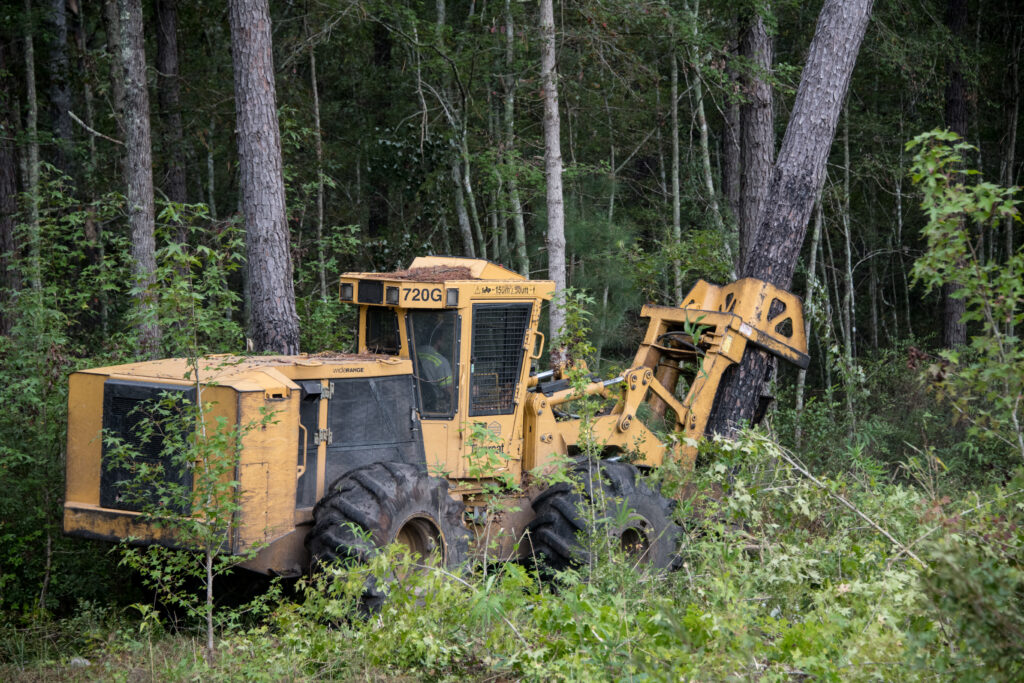
Unbeatable Beads
Our work with tubeless tires led our engineers to develop a unique, reinforced, dual-bead system for our forestry tires. The key is geometry: a hexagonal bundle that is precisely angled to seat against the rim tighter than a conventional round bundle.
Forestry bead bundles have to be wrapped tightly to maintain their shape, and those wrap wires are under a lot of strain all the time. We spent several years perfecting the wrapping process for the unique demands of forestry (which has helped us with our new mining and construction tires, too) as well as revolutionizing the way we manufacture the bead filler with compounds that resists friction and shelling.
Compound, Compound, Compound
It almost goes without saying that a forestry tire has to start with a tread compound that is tough enough to withstand chunking and cuts. But it has to be said because even compounds tough enough for other industries can’t handle the brutality that forestry tires face in the woods. There’s a huge difference between the haves and the have-nots when it comes to compounds.
Here again, get out onto the logging site and take a look at the tires on the machines. Ask your customers what’s holding up after a few weeks on the job. By picking proven tires, you could be talking about adding hundreds of hours of lifetime, and that comes down to lower cost of ownership.
Tread Pattern
There are also major differences in tread. Often, it’s as easy to spot as the thickness of the lugs or whether there’s a broad lug nose to provide a steadier ride on logging roads. Some tread patterns are designed specifically to accommodate bogie tracks because we know many of our CTL operators are definitely going to install those chains for foul-weather logging.
Bar angle is another major factor. Going beyond the traditional 23-degree angle to a steeper 35-degree bar can add traction, especially on high-horsepower machines. Variable-angle bars—which bend from 23 to 35 degrees—deliver significant improvements in turnaround time. Every minute a logger can save on a pull adds up to more loads by the end of the week.
You can spot bar angle from the road. But sometimes advantages are more subtle, like how the shoulders are designed for grip in mud or better self-cleaning. Or even more subtle than that, in the details of construction like tie-bars that enhance stability and minimize lug movement. Without that reinforcement, it doesn’t take too long to see cracks at the base of the lugs or damage from heat buildup.
Look to the Future
Looking at the future of logging, tires are going to be challenged even more. Today’s skidders can pull half a semi load of logs at a time, and develop 600, 700, even 800 ft.-lbs. of torque. Skidder and harvester manufacturers have worked miracles with their drivetrains, but you can’t sugar-coat that kind of force. And I’m sure the next generation of logging equipment is going to be even bigger and stronger.
Meanwhile, regulators, woodlot owners and society demand quicker reforestation. That means loggers have to lighten their footprint, protecting the soil microbes that feed the forest and reducing soil compaction that can limit healthy root growth. We have developed forestry flotation tires with a bigger footprint that can run at half the inflation pressure of standard forestry tires.
That sounds exotic today, and there’s no doubt it’s innovative. But you can bet that tomorrow’s logging tires are going to keep raising the bar on how tough a tire can be.
Terry Goodwin is national product manager—forestry for Yokohama Off-Highway Tires America, Inc. A native of northern Alabama, Terry’s decades of experience at all levels of the tire industry are deeply rooted in the logging tire business.

